- characters
- Source
- undo
- redo
- bold
- italic
- underline
- strikethrough
- superscript
- subscript
- forecolor
- BackColor
- removeformat
- insertorderedlist
- insertunorderedlist
- selectall
- cleardoc
- Paragraph
- FontFamily
- fontsize
- justifyleft
- justifycenter
- justifyright
- link
- unlink
- image
- video
- Horizontal
- URL
- OK
- Cancel
- imgSearch
- dragTip
- Local
- Insert video link
- video_size
- videoW
- videoH
- alignment
- themeColor
- standardColor
- honor.post.edit.uploadFormateFail
- emotion
- hide
- Supported format : zip,rar,doc,docx,xls,xlsx,pdf,apk,hwt
- The attachments are not uploaded completely, continue to publish the post?
- Block
- Cancel block
TOP

我的荣耀 开启荣耀之旅
To log in to your account, you must first agree to the HONOR PLATFORM TERMS OF USE and HONOR Platform Privacy Statement. If you do not agree, you may only browse the site as a guest.
- Home
- Log out
- Disagree
- Follow
- Following
- Reply to reveal attachment
- View more
- Letter should not exceed 2500.
- Upload at least one image.
- Upload at least one image.
- Maximum 9 iamges allowed at a time
- size of the image should be less than 20MB
- upload Failed
- Medals
- My Medals
- Go to Medal Center
- Congratulations! You have earned the Newcomer medal!
- You have commented over 100 times in 10 minutes,please try later.
- Gallery
- Message
- Login
- Disagree Terms
- Shop
- Insert video link
- Create/Log in to HONOR Account
- Choose your login method
- Honor Device Co., Ltd.
- Click to go to the HONOR third-party login page
- Maximum number of posts on HONOR Club reached today. Try posting tomorrow.
- View More
- Home
- You have voted.
- User has not voted.
- The message was sent but rejected

HONOR’s Image Stabilization Technology Explained
 Last reply :
Last reply :


With a more compact smartphone body, fitting complex components for image stabilization is almost impossible. One the other hand, carrying a tripod on the go would be unrealistic as it is bulky and cumbersome. It is no surprise then that image stabilization is a thorny issue to get right in smartphone photography.
Typically, there are three categories of smartphone stabilization technologies: Electronic Image Stabilization (EIS), Optical Image Stabilization (OIS) and AI Image Stabilization (AIS).
EIS (Electronic Image Stabilization) is generally used in videos. Due to handheld shakes or movements, videos can come out blurry. EIS technology counteracts these jitters/movements through real-time calculations of the movement and rotation of the camera. Hence, the video would appear steady.
OIS (Optical Image Stabilization) refers to actual lens adjustments to counteract hand jitters. Compared to EIS, OIS does not crop the image and power consumption is kept to a minimum. However, the range for OIS is narrow and can usually cancel out 1~2° of jitter.

AIS (AI Image Stabilization) is a perfect blend of EIS and OIS. By identifying jitters with an AI algorithm, a series of images are aligned before being merged into one single unit to achieve stabilization.
The recently-unveiled HONOR 20 PRO is one of the few flagships smartphones available that supports EIS, OIS and AIS altogether. Furthermore, the quad camera system allows for basically any conceivable shooting scenario, including telephotography, macro and night photography, as well as videography. The HONOR 20 PRO scored 111 on DxO’s comprehensive camera test, the 2nd highest score for any smartphone camera. We will explore several scenarios to explain image stabilization on the HONOR 20 PRO.
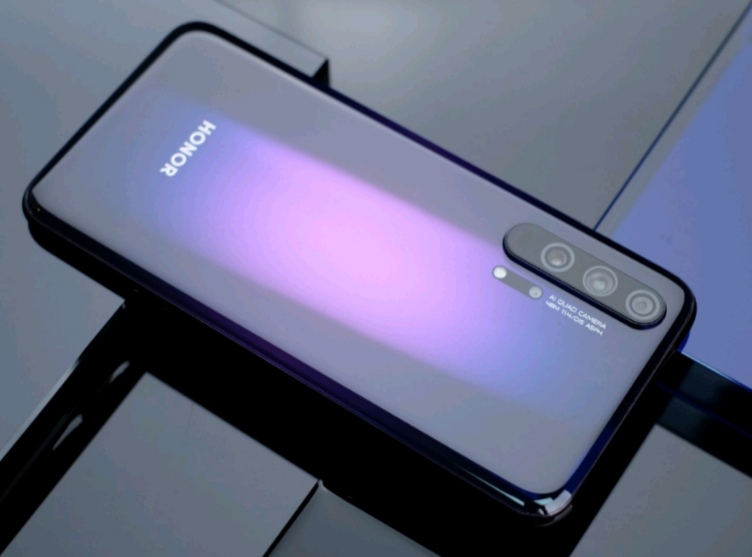
1. Handheld Camera Shake
OIS works best in cancelling slight tremors that blurs photos. The in-built gyroscope detects jitters and generates adjacent movements in the opposite direction. This cancels out the jitter and generates clear and precise photos despite tremors in the photographer’s hand.
The following figure serves as an example. ‘A’ depicts the camera when it is kept stationary, but when light emitted from objects shift, the camera senses the jitter and the image becomes blurry. OIS, however, detects even the slightest movement and adjusts the lens real-time to ensure that the light hits at the correct position nevertheless.

Both the 48MP main camera and 8MP telephoto camera on the HONOR 20 PRO supports OIS, offering users a superior photography experience by balancing hand jitters.
2. Motion Blur
By definition, motion blur occurs when the subject moves during photography or videography. Just imagine taking a photo of a moving car, it is highly likely that your picture will come out blurry.
The solution would be to increase the shutter speed, which is to get a quick snapshot rather than prolonging exposure. However, increasing the shutter speed leads to decrease in image brightness, making it impossible to take clear pictures of fast moving objects in low-light conditions.
The HONOR 20 PRO features an F/1.4 aperture, the largest ever on a smartphone. It guarantees an average of an additional 50 % light reception, when compared with the standard F/1.8 aperture commonly seen on the market. HONOR applies an unique algorithm to achieve an ultra-high ISO value of 204,800, effectively minimizing noise that typically comes with high ISO. The HONOR 20 PRO’s outstanding photosensitivity further boosts the shutter speed, reducing the distortion brought about by motion blur.

3. Blurriness Caused by Image Synthesis
Night mode on smartphones has become common-place. In principal, a series of photos taken within seconds apart are merged seamlessly into an integral unit. Through manipulating exposure time, the AI ensures that brighter areas are not overexposed, while darker regions are kept bright. However, since the user’s hand will inevitably shake within that few seconds, visual elements will “move” across the images, resulting in blurriness in the synthesized image.

A Typical Jitter Curve
The HONOR 20 PRO’s AIS image stabilization technology is the answer to this issue. By locating the pixels on each image, the AI algorithm detects and corrects discrepancies by the pixels, producing a sharp synthesized image.

The following are sample photos taken by the HONOR 20 PRO.


- Details
- Pictures shared by others ({0})
- Featured posts / Un-Featured posts
- Pin in this section
- Un-pin in this section
- Pin all sections
- Un-pin all sections
- Favorite
- Unfavorite
- Favorited Successfully
- Unfavorited Successfully
- Quote
- Reply
- Top
- Un-top
- Delete
- Report
- Why are you reporting this?
- 1.Sexual content / Violence / Insults
- 2.Racial discrimination / Terrorism
- 3.Infringement / Privacy
- 4.Unauthorized transaction or advertisement
- 5.Others
- picture evidence
- Cancel
- Submit
- Choose an option
- Accepted
- View more
- Voting time:
- reply to
- The following content will be displayed after you reply
- A total of {0} people voted
- View more
- Energy
- You don't have permission
- honor.operation.report.self.tip
- You have reported this post
- empty
- You can only choose {0} options
- The comment has been deleted.
- Report successful
- Yes
- No
- The vote is not open yet
- Voting ended!
- Please vote..
- Confirm to jump to the link?
- Home
- Confirm to delete
- The link Copied
Modify Name
- Follow
- The nickname already exists!
- New nickname should be different from the old one.
- username contains special character
- Enter 1-20 characters
- The name cannot start with 'honor' or 'honorfans'
- The name cannot contain stop words
 Hot Posts
Hot Posts
 181033
181033
 1942
1942
 129223
129223
 2094
2094
 75868
75868
 19
19
 75240
75240
 1181
1181
SUBSCRIPTION
I agree to receive the latest offers and information on HONOR products through email or IM (e.g. WhatsApp) provided below and advertisement on third-party platforms. I understand that I can unsubscribe anytime according to Chapter 5 of HONOR Platform Privacy Statement.
CONTACT

Honor Technology (Malaysia) Sdn Bhd
(Registration No.: 202101003804)
1800-88-5645
9:00 AM - 6:00 PM
Copyright © Honor Device Co., Ltd. 2020-2025. All rights reserved.
We use cookies and similar technologies to make our website work efficiently, as well as to analyze our website traffic and for advertising purposes.
By clicking on "Accept all cookies" you allow the storage of cookies on your device. For more information, take a look at our Cookie Policy.
Functional cookies are used to improve functionality and personalization, such as when playing videos or during live chats.
Analytical cookies provide information on how this site is used. This improves the user experience. The data collected is aggregated and made anonymous.
Advertising cookies provide information about user interactions with HONOR content. This helps us better understand the effectiveness of the content of our emails and our website.
- Posts
- photo
- video

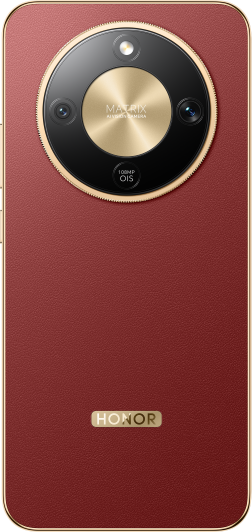

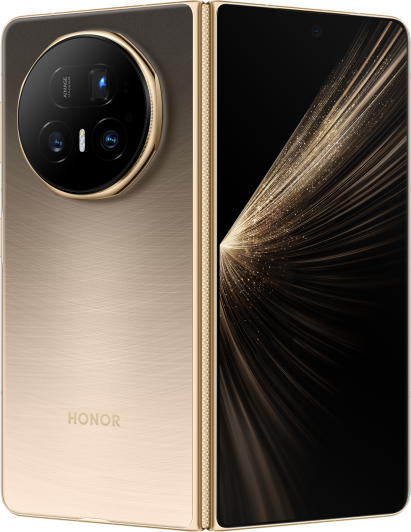


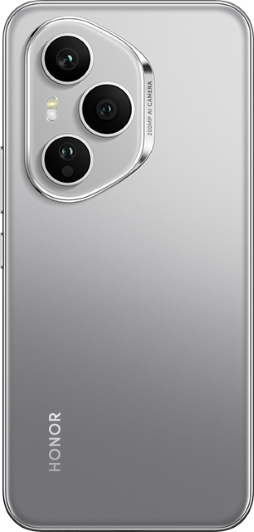


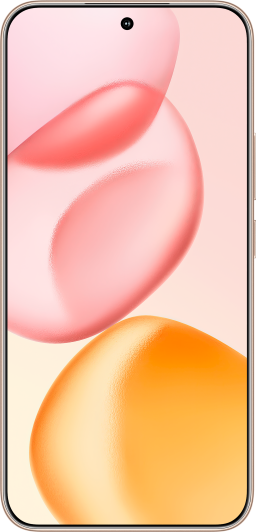
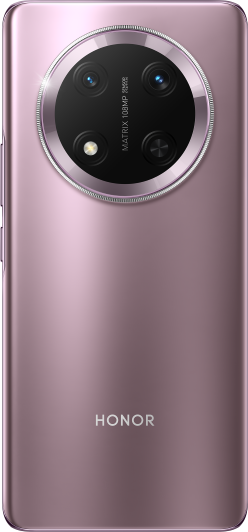







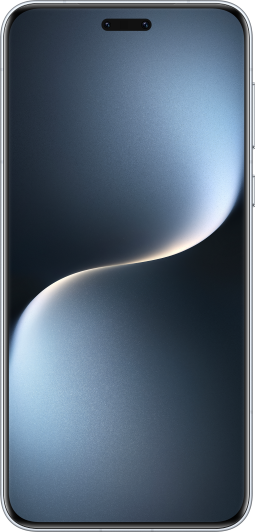



























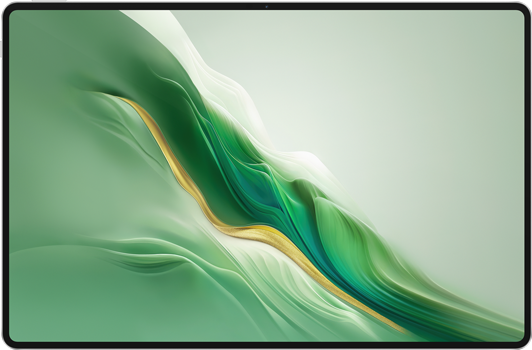



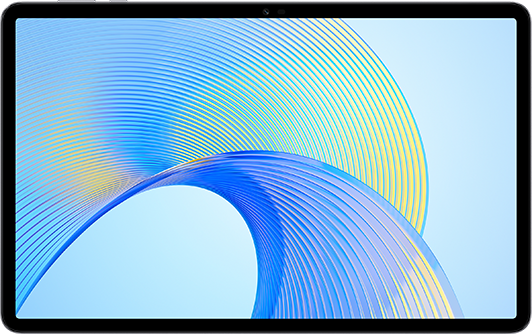



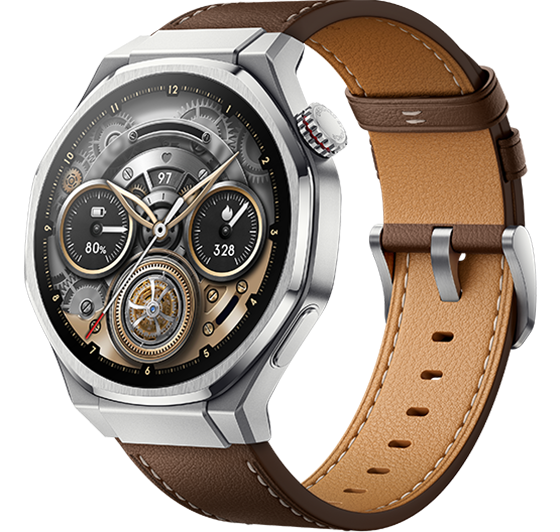


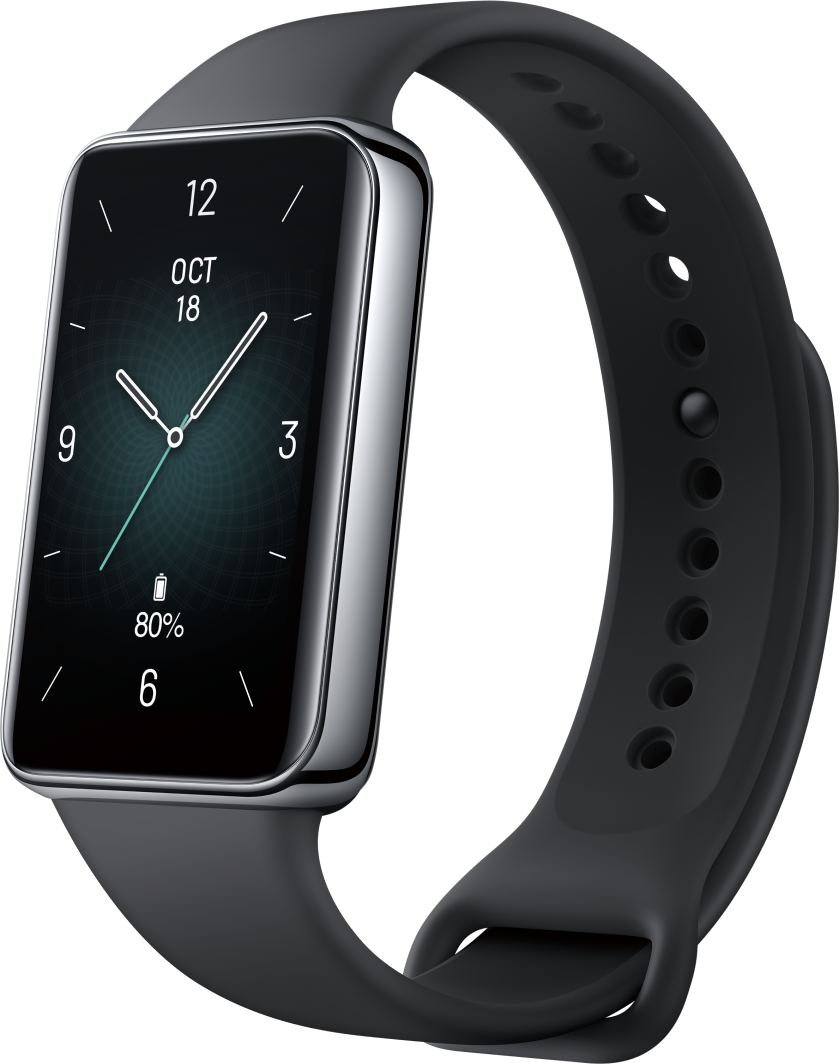








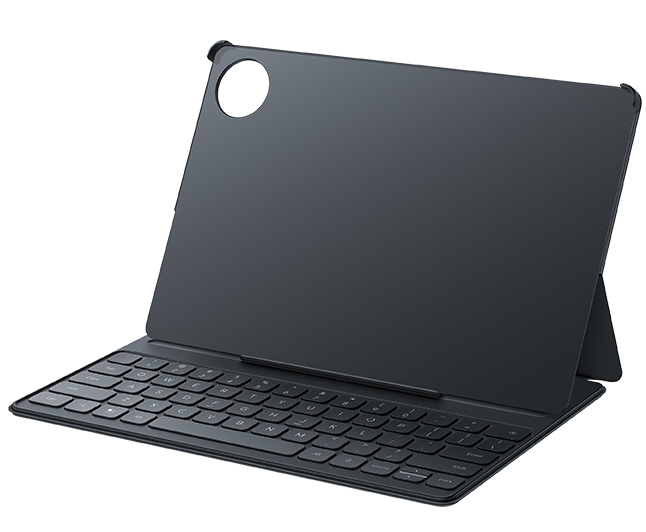
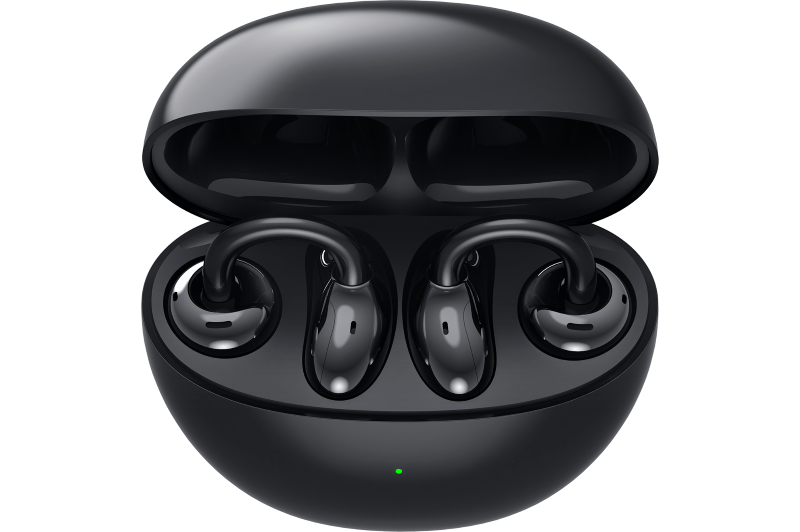













 Disagree Terms
Disagree Terms
 Log out
Log out



































With a more compact smartphone body, fitting complex components for image stabilization is almost impossible. One the other hand, carrying a tripod on the go would be unrealistic as it is bulky and cumbersome. It is no surprise then that image stabilization is a thorny issue to get right in smartphone photography.
Typically, there are three categories of smartphone stabilization technologies: Electronic Image Stabilization (EIS), Optical Image Stabilization (OIS) and AI Image Stabilization (AIS).
EIS (Electronic Image Stabilization) is generally used in videos. Due to handheld shakes or movements, videos can come out blurry. EIS technology counteracts these jitters/movements through real-time calculations of the movement and rotation of the camera. Hence, the video would appear steady.
OIS (Optical Image Stabilization) refers to actual lens adjustments to counteract hand jitters. Compared to EIS, OIS does not crop the image and power consumption is kept to a minimum. However, the range for OIS is narrow and can usually cancel out 1~2° of jitter.
AIS (AI Image Stabilization) is a perfect blend of EIS and OIS. By identifying jitters with an AI algorithm, a series of images are aligned before being merged into one single unit to achieve stabilization.
The recently-unveiled HONOR 20 PRO is one of the few flagships smartphones available that supports EIS, OIS and AIS altogether. Furthermore, the quad camera system allows for basically any conceivable shooting scenario, including telephotography, macro and night photography, as well as videography. The HONOR 20 PRO scored 111 on DxO’s comprehensive camera test, the 2nd highest score for any smartphone camera. We will explore several scenarios to explain image stabilization on the HONOR 20 PRO.
1. Handheld Camera Shake
OIS works best in cancelling slight tremors that blurs photos. The in-built gyroscope detects jitters and generates adjacent movements in the opposite direction. This cancels out the jitter and generates clear and precise photos despite tremors in the photographer’s hand.
The following figure serves as an example. ‘A’ depicts the camera when it is kept stationary, but when light emitted from objects shift, the camera senses the jitter and the image becomes blurry. OIS, however, detects even the slightest movement and adjusts the lens real-time to ensure that the light hits at the correct position nevertheless.
Both the 48MP main camera and 8MP telephoto camera on the HONOR 20 PRO supports OIS, offering users a superior photography experience by balancing hand jitters.
2. Motion Blur
By definition, motion blur occurs when the subject moves during photography or videography. Just imagine taking a photo of a moving car, it is highly likely that your picture will come out blurry.
The solution would be to increase the shutter speed, which is to get a quick snapshot rather than prolonging exposure. However, increasing the shutter speed leads to decrease in image brightness, making it impossible to take clear pictures of fast moving objects in low-light conditions.
The HONOR 20 PRO features an F/1.4 aperture, the largest ever on a smartphone. It guarantees an average of an additional 50 % light reception, when compared with the standard F/1.8 aperture commonly seen on the market. HONOR applies an unique algorithm to achieve an ultra-high ISO value of 204,800, effectively minimizing noise that typically comes with high ISO. The HONOR 20 PRO’s outstanding photosensitivity further boosts the shutter speed, reducing the distortion brought about by motion blur.
3. Blurriness Caused by Image Synthesis
Night mode on smartphones has become common-place. In principal, a series of photos taken within seconds apart are merged seamlessly into an integral unit. Through manipulating exposure time, the AI ensures that brighter areas are not overexposed, while darker regions are kept bright. However, since the user’s hand will inevitably shake within that few seconds, visual elements will “move” across the images, resulting in blurriness in the synthesized image.
A Typical Jitter Curve
The HONOR 20 PRO’s AIS image stabilization technology is the answer to this issue. By locating the pixels on each image, the AI algorithm detects and corrects discrepancies by the pixels, producing a sharp synthesized image.
The following are sample photos taken by the HONOR 20 PRO.